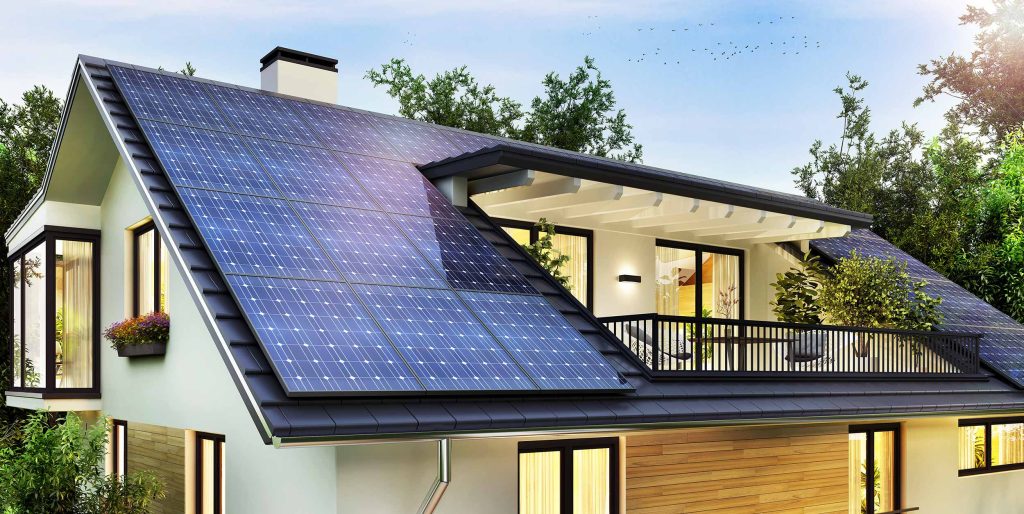How To Install Solar Pool Heater

Can I install solar pool heater myself?
Installing a solar pool heater is an excellent way to save money and reduce energy costs. It's a relatively simple project that even a moderately handy person can manage. But, before you dive into the process, there are a few points to consider. Firstly, pool heating collectors are typically more efficient at lower temperatures than hot water types. So, if you're looking for a cost-effective way to heat your pool, solar could be the answer. With the right supplies and a bit of know-how, you can set up your own solar pool heater in just a few steps.
Begin by measuring your pool to determine the size and power of the system you'll need. Next, you'll need to acquire all the necessary components, including solar panels, mounting hardware, piping, and additional accessories like pumps and timers. Once you have all your materials, the next step is to install the piping. This includes connecting the pipes to the solar panels, then connecting the system to your pool's plumbing. Finally, you'll need to make sure that all the connections are secure and that the system is properly positioned to take full advantage of the sun's rays.
When everything is in place, you should be able to kick back and enjoy the warmth of a solar-powered pool. Of course, it's always a good idea to check the system regularly to make sure it's working properly. This is especially true if you live in an area that experiences extreme temperatures or frequent storms. But if all goes according to plan, you should be able to sit back and enjoy your newly solar-heated pool for many years to come.
How do you hook up a solar pool heater?
Installing a solar pool heater can be a great way to extend your swimming season and enjoy more time outdoors. With the right setup and installation, you can easily heat your pool with the power of the sun. Whether you have a roof that's suitable for solar collectors or need to find another place that receives plenty of sunlight, you'll want to make sure your system is set up properly for optimal performance. Once you've determined the best location for your solar collectors, you'll need to figure out how to hook them up to your pool's circulation system. You'll likely need to connect the collector to your pool pump, as well as to your filter, in order to ensure that the heated water runs properly through your pool. Additionally, you'll want to make sure that any valves and controllers are installed correctly, in order to get the most out of your solar pool heater. Following these steps will guarantee that your system is working efficiently and you'll be able to enjoy a warm pool for years to come.
Where should solar pool heaters be installed?
Installing a solar pool heater can add a great deal of convenience to your outdoor pool. With minimal effort, you can enjoy a comfortable temperature in your swimming pool all year round. Plus, a solar pool heater is an eco-friendly way to keep your pool warm. Just how much does a solar pool heater cost though?
The price of a solar pool heater can vary depending on the size and type of unit, but they tend to start around $3000. Labor costs can add another $500 to $2000 to the overall price. It's important to keep in mind that the cost of installation may depend on the type of system you choose.
When it comes to installation, it’s best to have a professional from Haleakala Solar & Roofing do it for you. This ensures that the system is installed correctly so you won't have to worry about any issues down the line. However, if you're feeling confident in your DIY skills, it is possible to install a solar pool heater yourself.
So where does one put a solar pool heater? Generally, it's best to install them in a spot that gets the most sun. This could be on a south-facing wall, on the roof, or a spot in the yard. It's also important to consider the amount of space you have available and the existing infrastructure.
Overall, a solar pool heater is a great way to heat your pool without breaking the bank. With a few hours of work and some careful consideration, you'll have a system up and running in no time.









